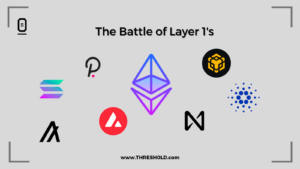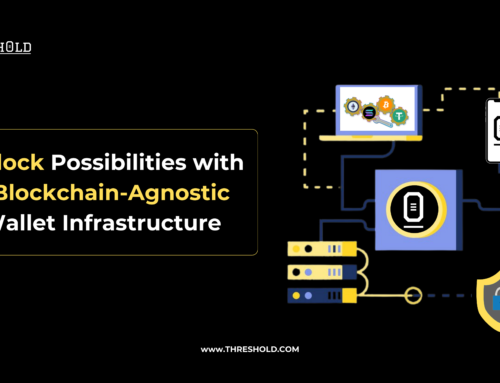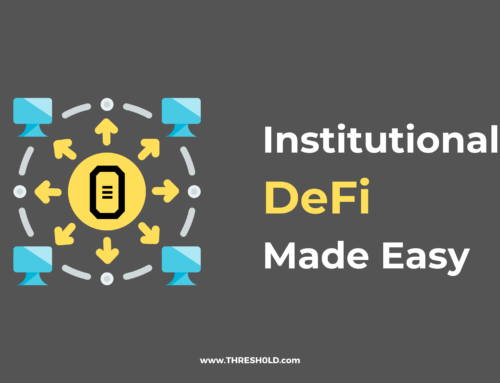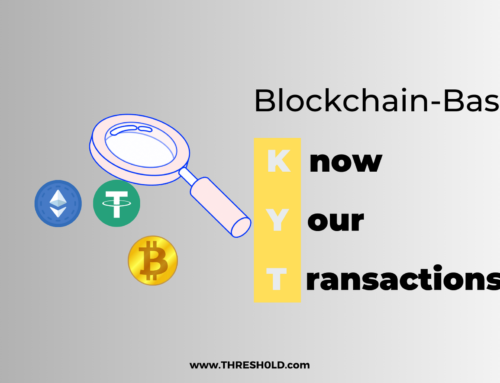 There is no shortage of smart contract blockchains in the crypto space with each promising to be more scalable and efficient than Ethereum. In this blog post, we are reviewing some of them and how they compare to Ethereum.
There is no shortage of smart contract blockchains in the crypto space with each promising to be more scalable and efficient than Ethereum. In this blog post, we are reviewing some of them and how they compare to Ethereum.
Bitcoin might be the leading cryptocurrency but when it comes to building and deploying dapps, Ethereum is the blockchain of choice. Recently, Ethereum’s preference has been threatened by the rise of other Layer one blockchains that support dapp development.
Let’s have a look at these promising blockchains.
Algorand
Algorand is one of the newer digital currency and blockchain projects seeking to expand cryptocurrency use cases through faster transaction speed and settlement time. The layer one blockchain launched in 2019 and aimed to handle transactions similar to Mastercard or Visa. Additionally, Algorand can host other cryptocurrencies and blockchain-based projects, which makes it a direct competitor to Ethereum. ALGO, the blockchain’s native token, is used to pay for Algorand-based transactions, create smart contracts, and secure the Algorand blockchain.
Avalanche
Avalanche has been achieving incredible milestones since launching in 2020. It has solved Ethereum’s scalability problem and can handle up to 5000 transactions per second, whereas Ethereum can only process 20. The project claims to be the fastest smart contract platform, where transactions are finalised in under 2 seconds.
Avalanche comprises of three individual blockchains: X-Chain, C-Chain, and P-Chain, which all rely on different consensus mechanisms. These blockchains play specific roles – the C-chain is for DeFi, the X-chain is for transfers, and the P-chain is for staking. This approach seems more efficient & scalable than the standard single-chain approach.
The use of Avalanche for DeFi and dapp development has increased recently because the blockchain is compatible with dapps built on Ethereum like SushiSwap.
BNB Chain
Unlike Ethereum, The BNB chain (formerly called Binance Smart Chain) is relatively newer. But that hasn’t stopped it from gaining significant market share since its launch two years ago.
The BNB chain was launched in September 2020 by Binance, the world’s largest crypto exchange in terms of trading volume per CoinMarketCap data. The blockchain came into the limelight when its daily transactions surpassed Ethereum by 500% – daily transactions reached a peak of 9 million on April 21, 2021, compared to 1.5 million transactions on Ethereum. The BNB chain continued to grow steadily, reaching a peak of 16 million transactions by November same year. The current daily transactions on the blockchain are steady at the 3 million mark.
This increased transaction volume might be because it is cheaper to make a transaction on the BNB chain and using the Binance Coin as fees.
Cardano
Just like other competing layer one blockchains, Cardano enables owners of its ADA token to participate in governance and network transactions. Additionally, developers can use the Cardano blockchain to deploy smart contracts and build dapps. That said, Cardano differs from the other project. While the project does not promise groundbreaking technology, users find some of its features appealing. For example, its consensus algorithm, Ouroboros, has been proved secure by a formal review. The blockchain’s code is also written in the Haskel programming language, famous for its use in the banking and defence sectors. Cardano’s primary use case is to allow transactions in its native cryptocurrency, ADA, and to enable developers to build secure and scalable applications powered by it.
Near
Near is a layer one blockchain that offers impressive scalability, low-cost operations user, and flexibility, making it increasingly demanded by developers and crypto users. The blockchain can be infinitely scaled because it does not rely on the blockchain’s typical block and settlement mechanism. Instead, it uses a novel sharding algorithm called “Nightshade” to break down and reduce the network’s computational load. As a result, the network can handle up to 100,000 transactions per second besides offering instant block creation in 1 second.
Additionally, Near’s protocol is home to Rainbow Bridge and Aurora. The rainbow bridge allows users to quickly transfer Ethereum tokens back and forth between Ethereum and Near. Aurora is a Layer 2 scaling solution for developers to launch their Ethereum-based dapps on Near’s blockchain.
Polkadot
Launched in 2020 and tagged the “next-generation” blockchain, Polkadot has become a force to reckon. Polkadot started with a proof-of-authority consensus system but soon abandoned it for proof-of-stake. Polkadot aims to be the internet of blockchains. It has an ecosystem of inter-connected blockchains, which makes it easier for developers to launch new projects cross-chain and build interoperable dapps affordably. Each blockchain or parachain is connected to Polkadot’s main relay chain, thereby increasing the network’s throughput.
Solana
Solana is an open-source project that provides decentralized financial (DeFi) solutions. Since its launch in 2019, the blockchain has grown rapidly, with Solana boasting of over 400 projects. Solana uses two consensus mechanisms – proof-of-stake and proof-of-history. In PoS, network validators are rewarded with the SOL token based on their stake size, while PoH keeps the record of transactions to ensure they are in the right sequence.
Solana’s current popularity is because it doesn’t have Ethereum’s weaknesses – low transaction throughput and high gas fees. Regarding the number of transactions processed per second, Solana beats Ethereum. The project claims to process around 50,000 to 65,000 transactions per second, which is 3000 times faster than Ethereum.
The gas fee depends on two factors – how many transactions a block contains and how much time it takes to create a block. For example, one block of Solana contains 20,000 transactions on average, and the block time is around 400 milliseconds compared to Ethereum’s 70 and 14 seconds. Therefore, it isn’t surprising that the average gas fee on Solana is a fraction of a penny.
That said, Solana has reported seven significant network outages in the past year, each accompanied by a nose dive in the network’s token price.
What comes next?
The incredible growth in Layer 1 blockchains proves the increased demand for dapps and protocols in the crypto ecosystem. While high gas fees and network congestion plague Ethereum, the competition between the smart contract platforms continues. However, Ethereum’s Layer 2 solutions reduce fees making experts speculate the blockchain could gain back some of its lost market share. Also, Ethereum’s merge/migration to PoS is underway. If it succeeds, the move will cement ETH’s position in the crypto market.
THRESH0LD currently supports 43 blockchains including all the aforementioned ones and the tokens that run on them. Integration of THRESH0LD API into your digital asset business is simple and takes only about a week.




